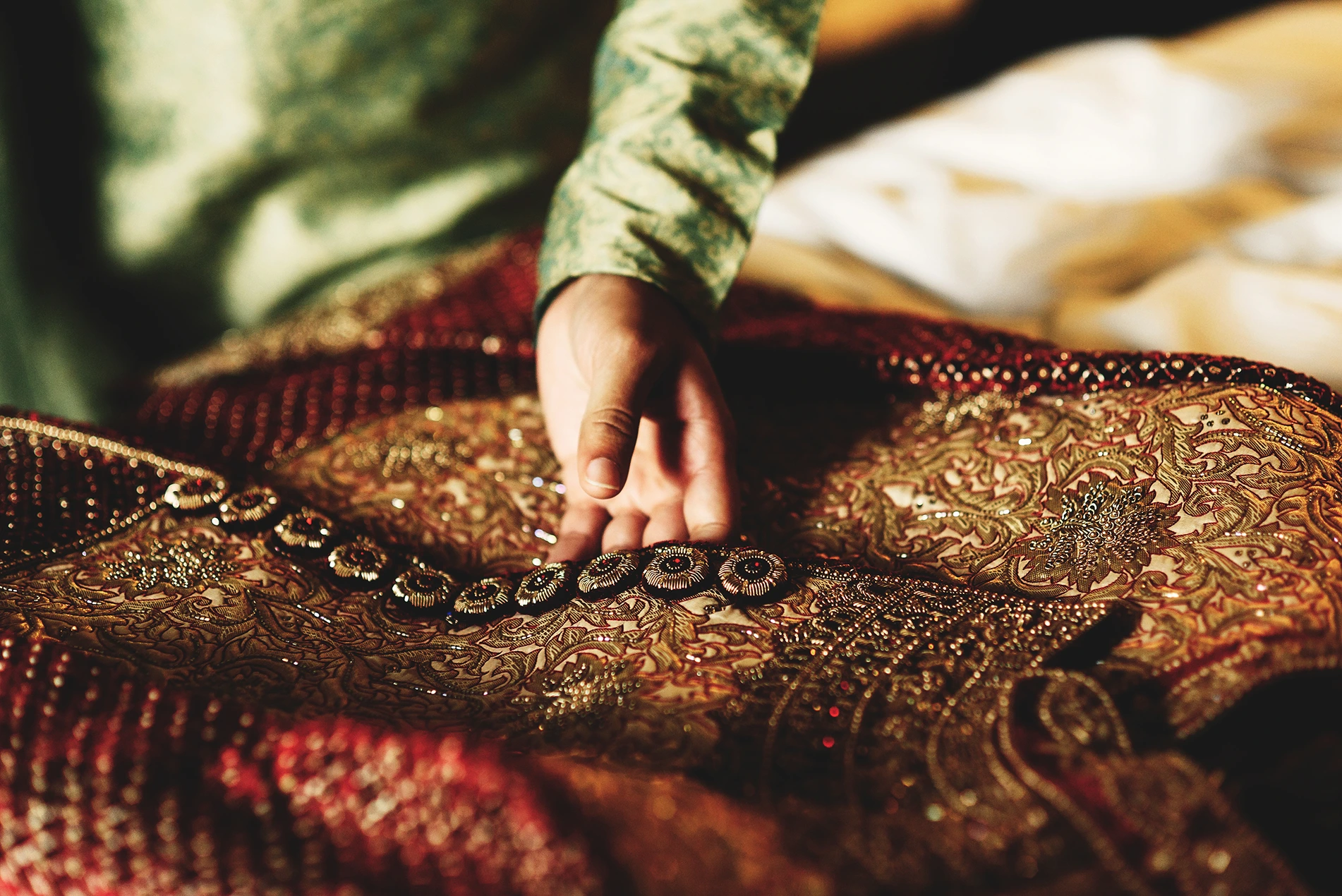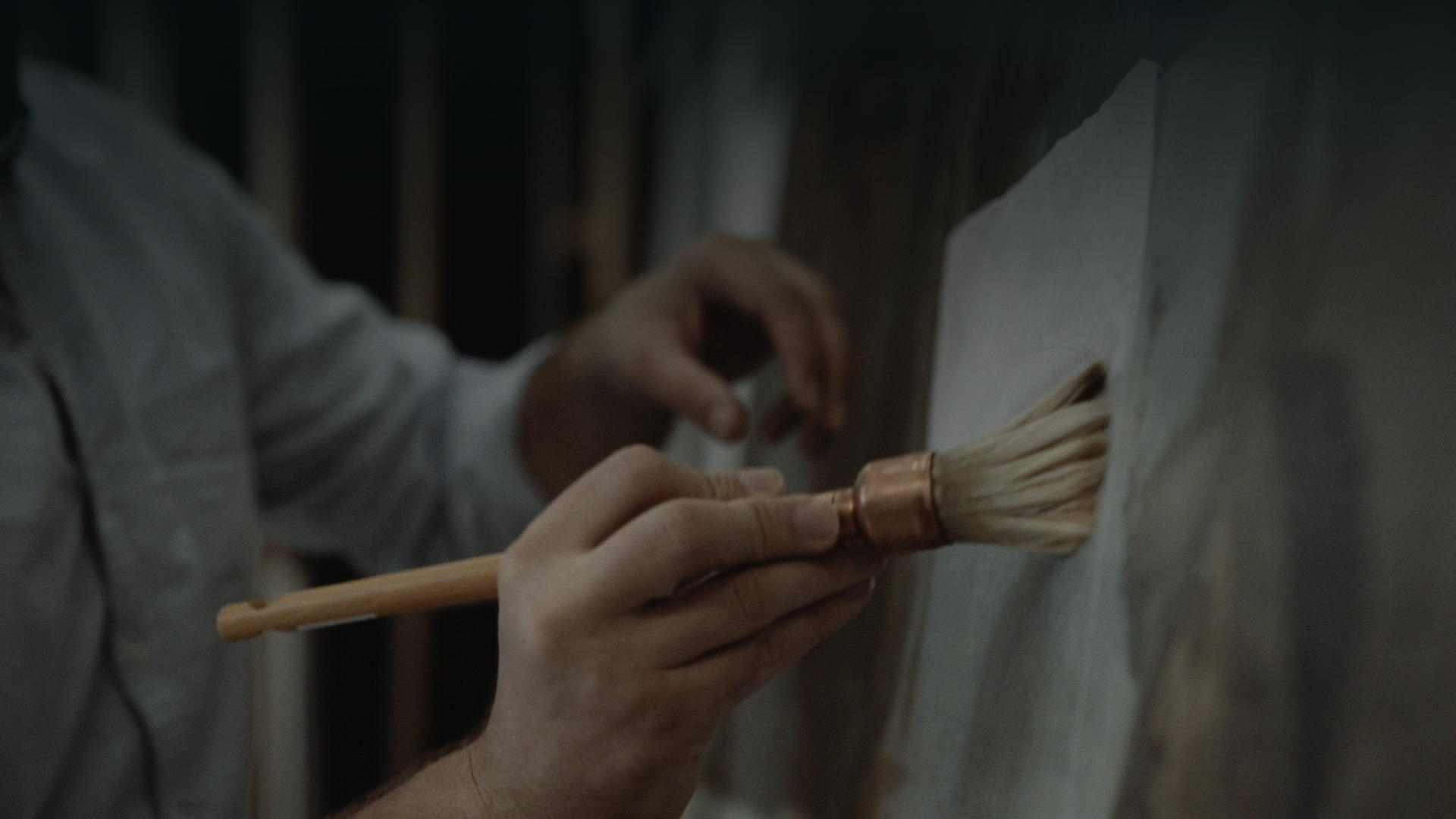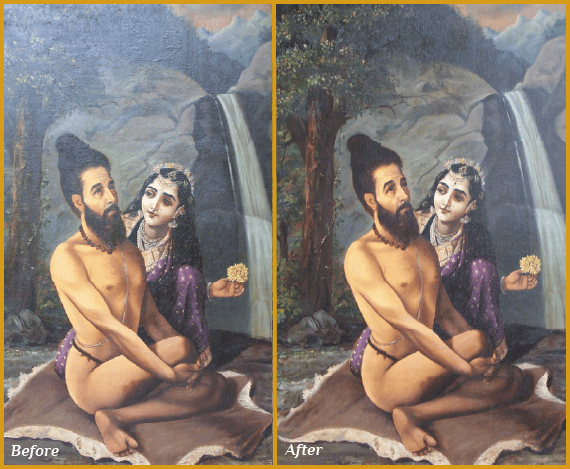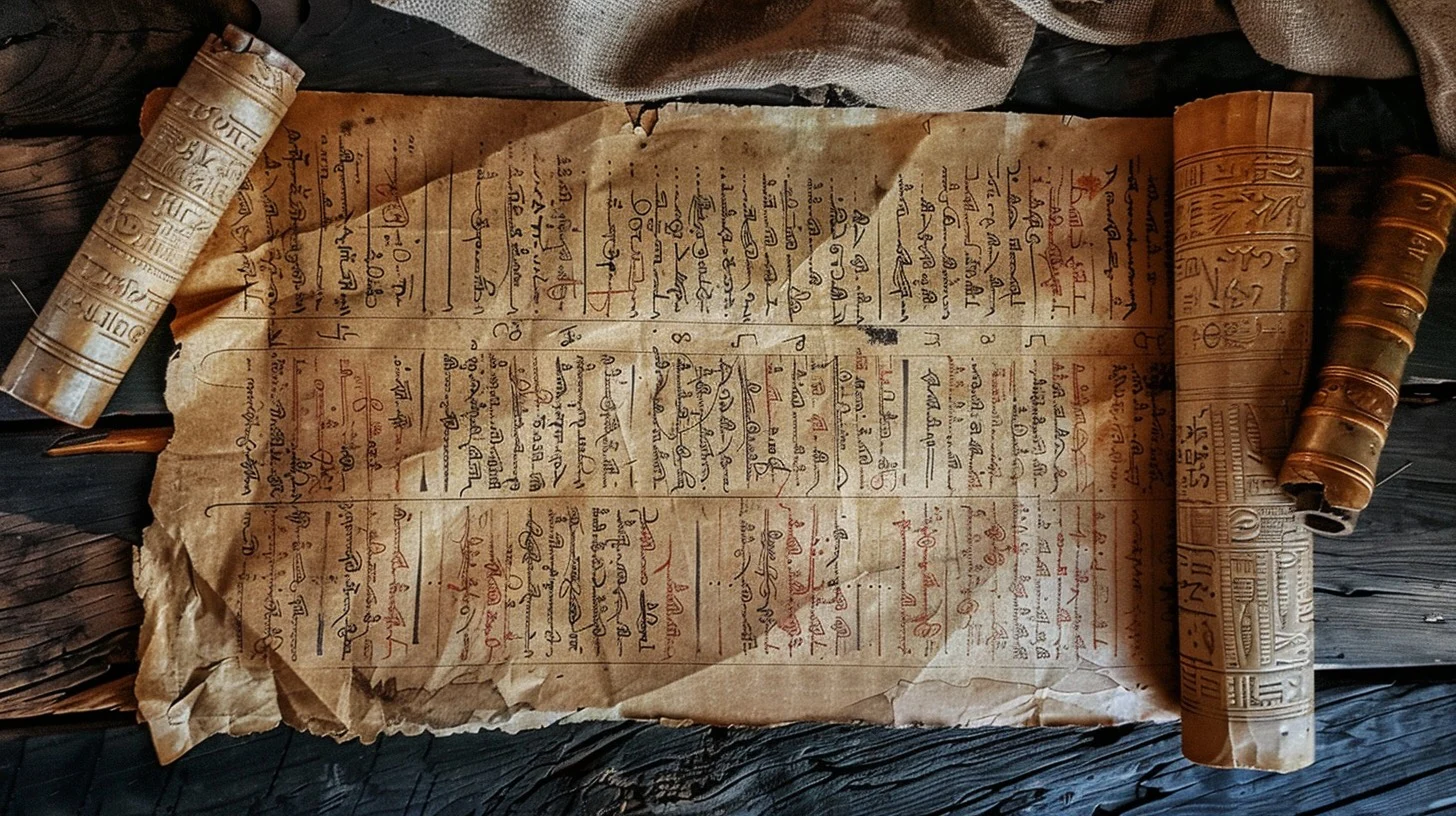
Preserving the Past: How We Restore Historic Textiles
Textiles have long been a part of humanity’s visual and functional culture—from ceremonial robes to battle flags, handwoven saris to embroidered tapestries. These delicate materials tell the stories of people, rituals, and artistic mastery. However, historic textiles are among the most vulnerable heritage objects, prone to wear, environmental damage, and material fatigue. Restoring them is a task that blends science, craftsmanship, and cultural sensitivity.
The Fragility of Historic Textiles
Unlike stone or metal artifacts, textiles are organic in nature. Made from plant or animal fibers like cotton, silk, or wool, they are susceptible to:
- Fiber Degradation: Exposure to light, air pollutants, and humidity weakens the fibers.
- Dye Migration: Moisture can cause traditional dyes to bleed or fade.
- Insect Damage: Moths, beetles, and silverfish feed on natural fibers.
- Mechanical Stress: Years of folding, stretching, or hanging lead to tears and strain lines.
- Improper Storage: Rolled improperly or stored in acidic containers, textiles deteriorate quickly.
The Conservation Process
Every textile presents a unique challenge and is treated individually. Our conservation process generally follows these stages:
1. Examination and Documentation
We begin with a thorough inspection, recording:
- Weave structure and fiber type
- Color composition and embroidery details
- Previous repairs and damages
Microscopic analysis and UV light inspection help identify the full extent of degradation.
2. Surface Cleaning
Loose dirt and dust are removed using micro-vacuuming and soft brushes. For deeper grime, wet or solvent-based cleaning is done only after careful testing to avoid color loss or shrinkage.
3. Stabilization and Repair
- Support Backings: Fragile areas are supported using silk crepeline or conservation-grade netting stitched with fine threads.
- Tear Repair: Hand-stitched techniques match the original weave pattern.
- Recoloring Threads: Only if absolutely necessary, colored threads may be used to visually integrate a patch—but always with reversible materials.
4. Mounting and Display
We use gentle techniques to mount textiles for exhibitions, including padded boards or tension-mount systems that prevent strain. For heavy or large textiles, horizontal displays or tilted mounts are recommended.
Conservation Ethics
Our guiding principles include:
- Minimal Intervention: We preserve rather than restore original appearance.
- Reversibility: Treatments can be undone without harming the object.
- Cultural Sensitivity: Understanding the textile’s cultural and religious context is vital to making informed conservation decisions.
Storage and Preventive Measures
Proper storage plays a crucial role in textile longevity:
- Climate-Controlled Environment: 18–22°C, 50% RH
- Flat Storage: Ideal for most textiles, layered with acid-free tissue
- Rolled Storage: For large textiles, rolled around acid-free tubes with interleaving
- Insect Monitoring: Pheromone traps and routine inspections
Highlight Project: Restoring a Temple Banner
A 150-year-old hand-painted cotton temple banner arrived torn and discolored. After meticulous cleaning, tears were stabilized with sheer support fabric, and pigments were tested for stability before minimal retouching. Today, the banner hangs in a protective case, its symbolism and story preserved.
Conclusion
Historic textile conservation is about more than fabric—it’s about preserving identity, history, and craftsmanship. These fragile fibers connect us to the human experience across generations. By investing care and expertise, we ensure that these silent storytellers continue to inspire and educate far into the future.






